National Narratives – Whose Stories?
In Singapore, national narratives are powerful tools. Not only are they used as anchors to unite a diverse populace with different lived experiences and memories, they also function as instruments to legitimise and underpin the hegemony of those who craft them. Through multiple layers of mythmaking, national narratives have grown into monolithic fortresses – erasing the granularities of personal narratives and trapping the populace into a narrow perspective on the past, present and even into the future. This is reflected in our everyday lives and built environment. The Underbelly – communities who live with discordant and deviant narratives from the common Singaporean have been pushed out and hidden from our spaces and view. Using the cluster of rental flats in York Hill estate and its history as a microcosm of Singapore, this thesis seeks to understand how architecture can aid in respecting and expanding the diversity of our narratives.
The Underbelly
Located in the heart of town, the juxtaposition between the 9 rental blocks in York Hill estate against the skyline of the city further highlights their “Other-ed” nature as the Underbelly.
Historically, York Hill was associated with labourers who resided in semi-autonomous urban kampungs within its proximity and worked at the godowns along the Singapore River. York Hill represented the imagery of hard labour and commerce back then, and these have carried onwards till today with the low-income communities living in the rental flats of York Hill estate.
York Hill is also part of a larger historical geophysical landscape comprising Fort Canning Hill and Pearl’s Hill. However, unlike the latter two, the historical underbelly of York Hill of its labourers in the urban kampung has not been adequately explored nor is its history as recognised as the other two.
Dispelling the Monolith – Opportunities for the Underbelly
The resulting intervention on York Hill estate can be read in 3 parts. Firstly, the highway bridge re-establishes the historical connection between Pearl’s Hill, York Hill and the Singapore River and stitches the Underbelly back into the larger urban fabric. Secondly, changes were introduced to the rental flats in order to reflect the diversity of the rental community and living ideals of today, rather than the ideals of standardisation and efficiency of the 1960s. Finally, the introduction of new ateliers and crafts-centric programmes in the Block 12 establishes a small cottage industry within York Hill estate. With new programmes and communities intertwining with the old, spaces were also designed and maintained for the existing community to colonise and ensure that they do not lose their autonomy within the estate.
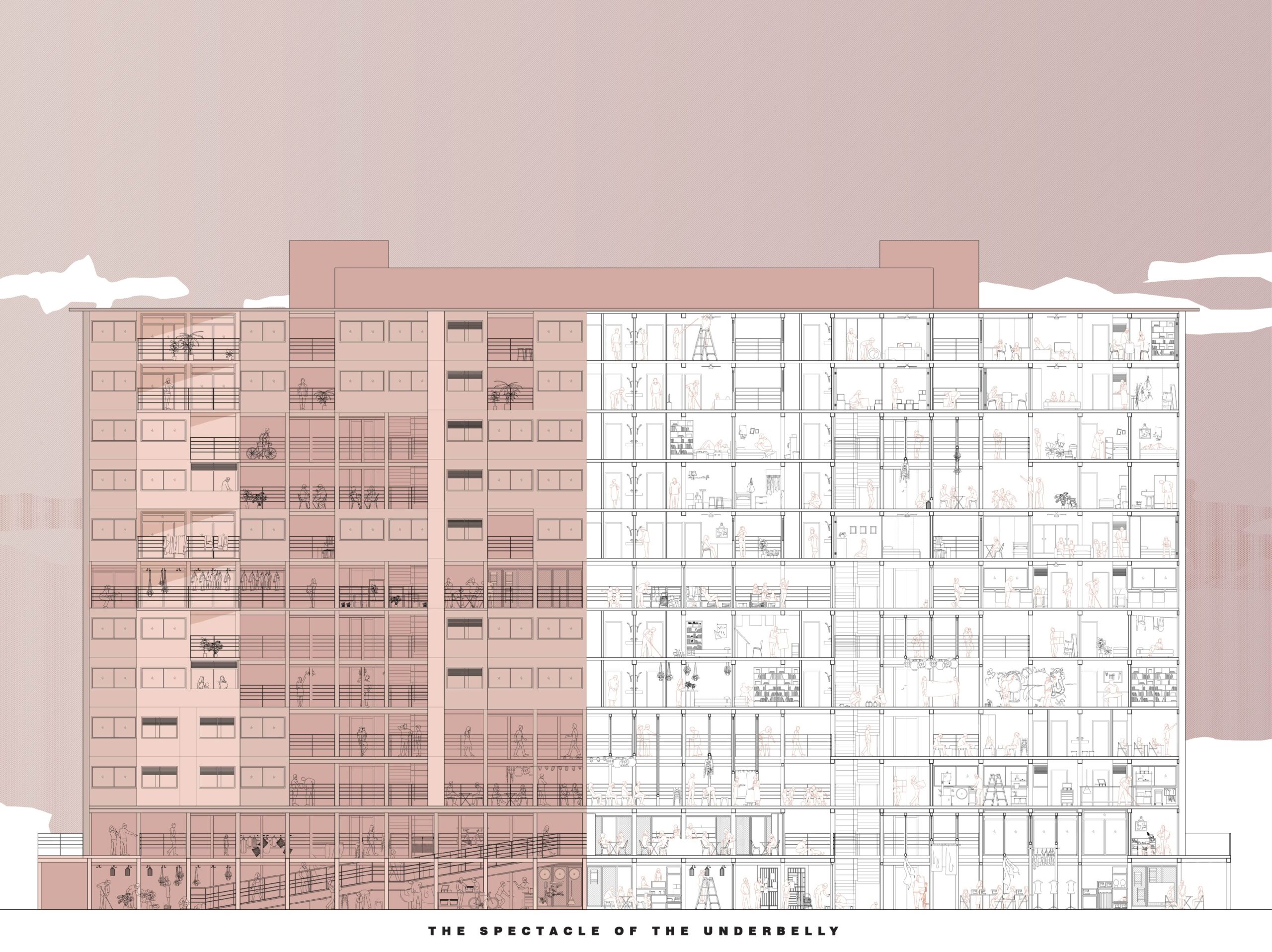


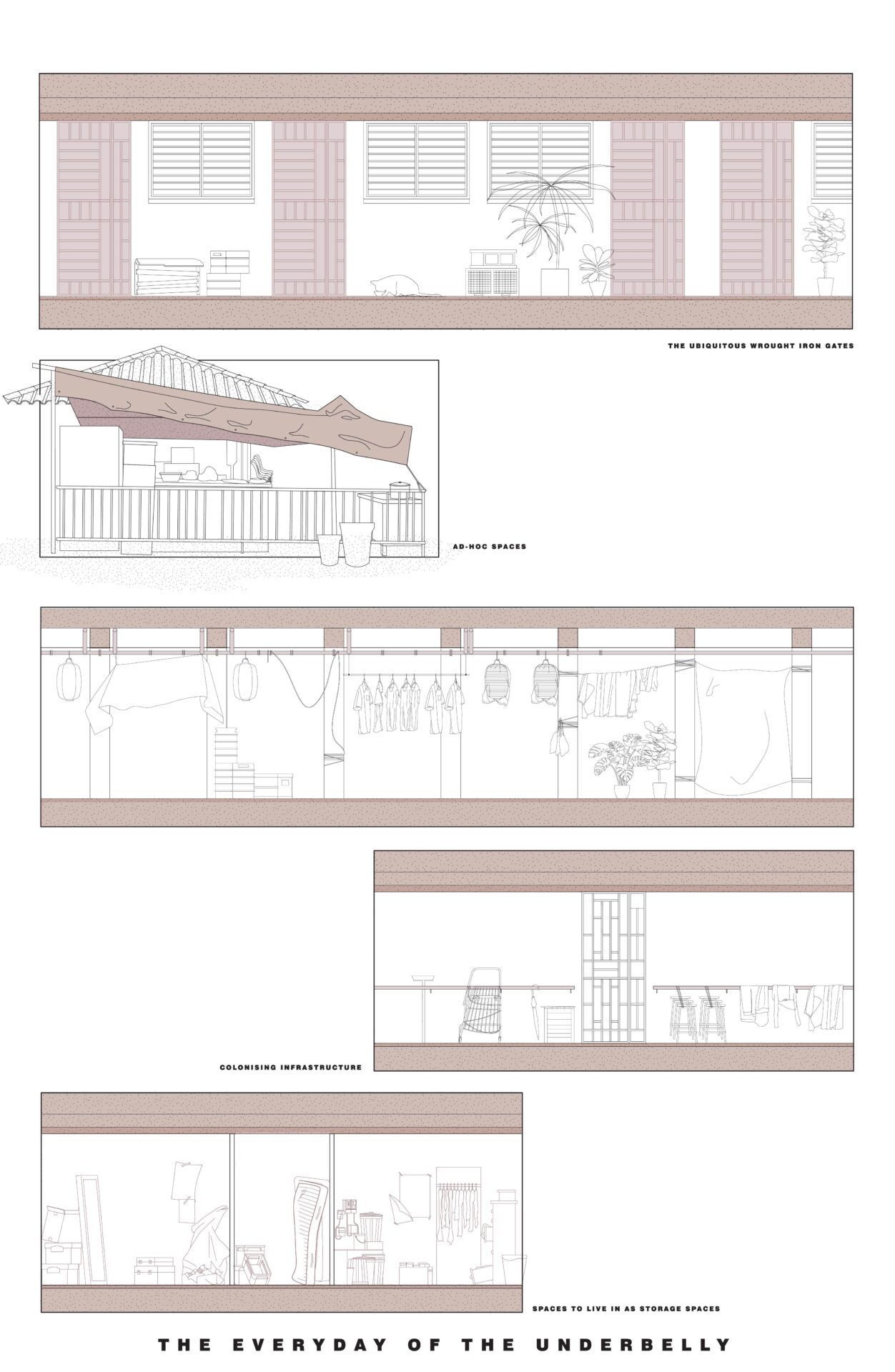
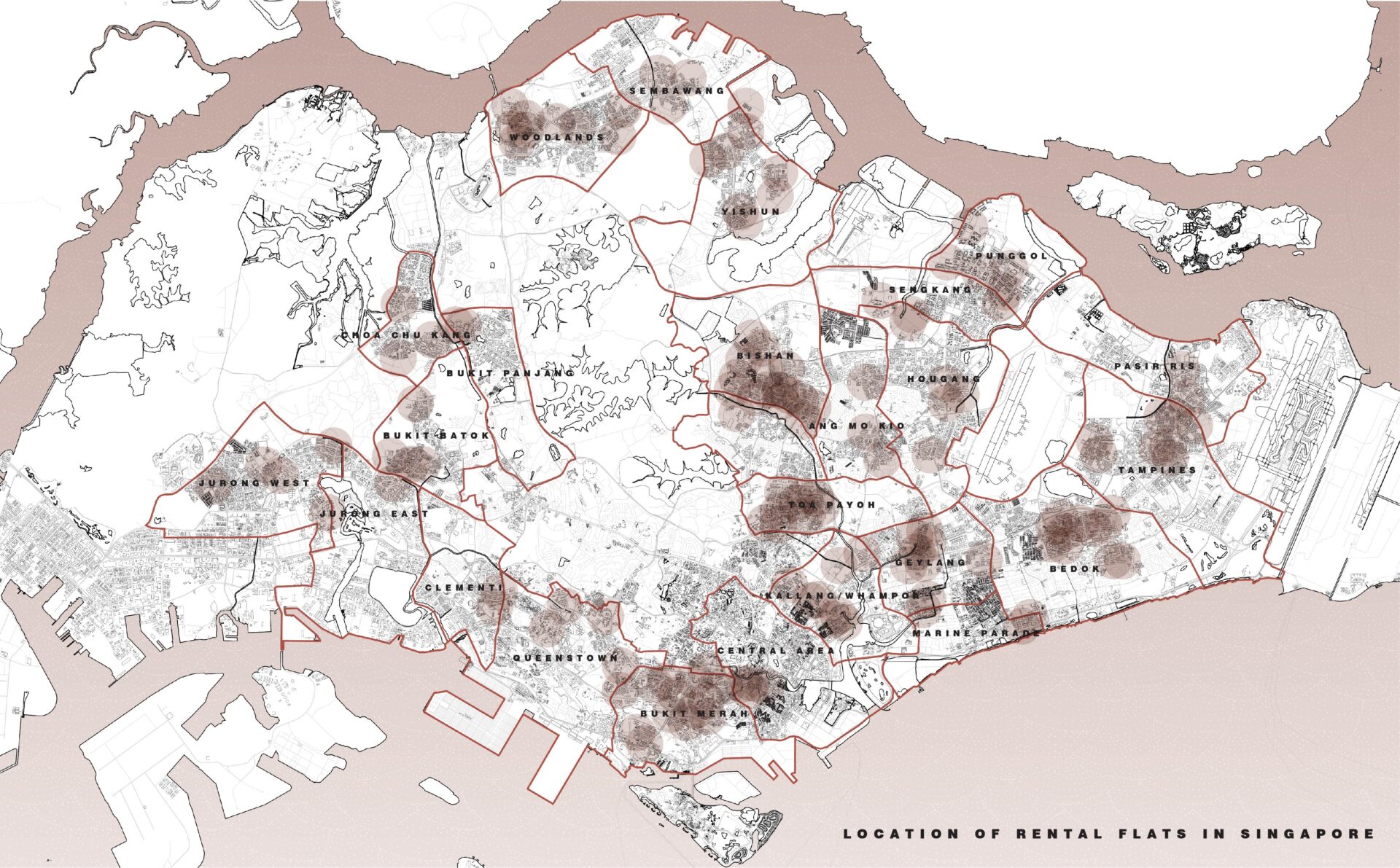
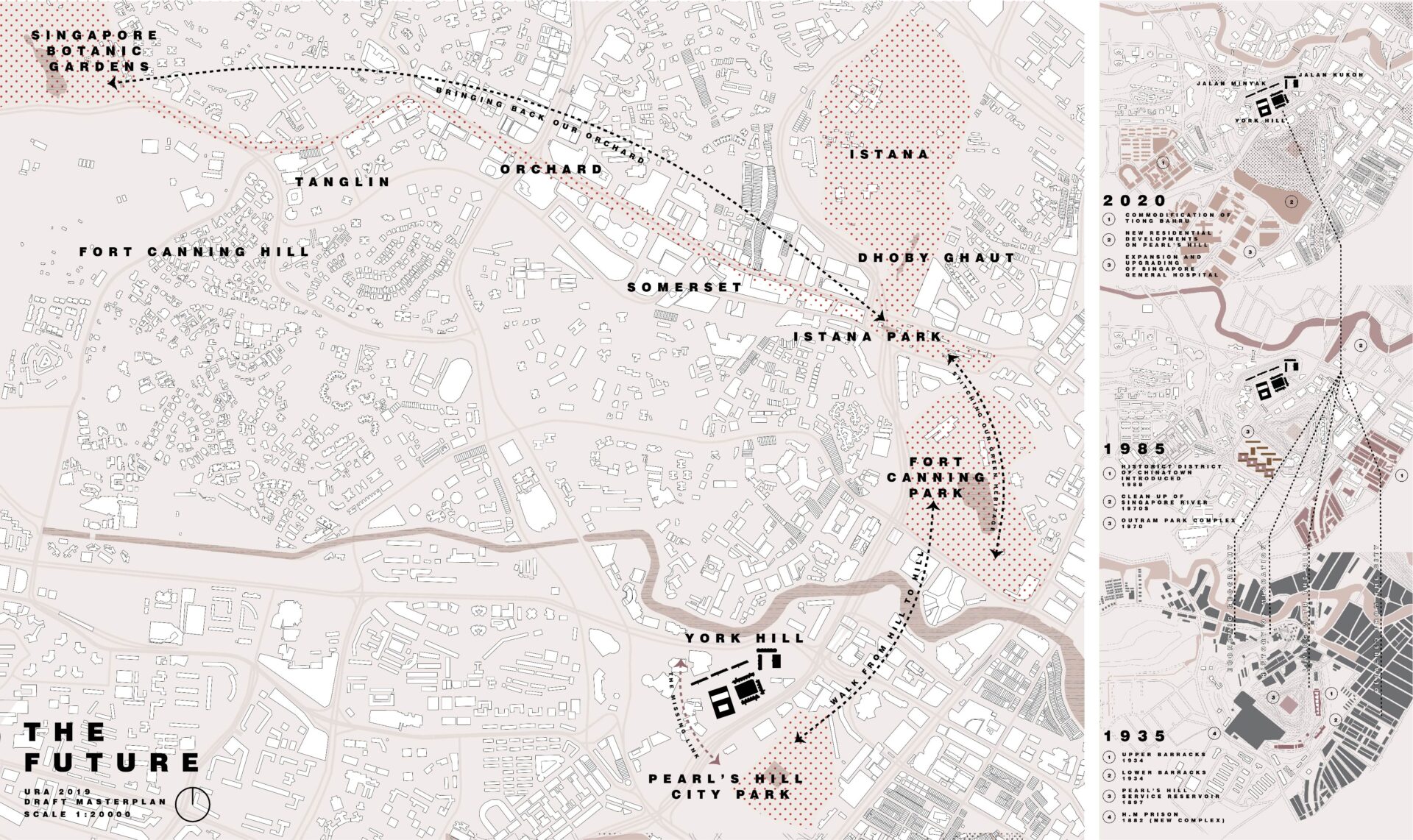
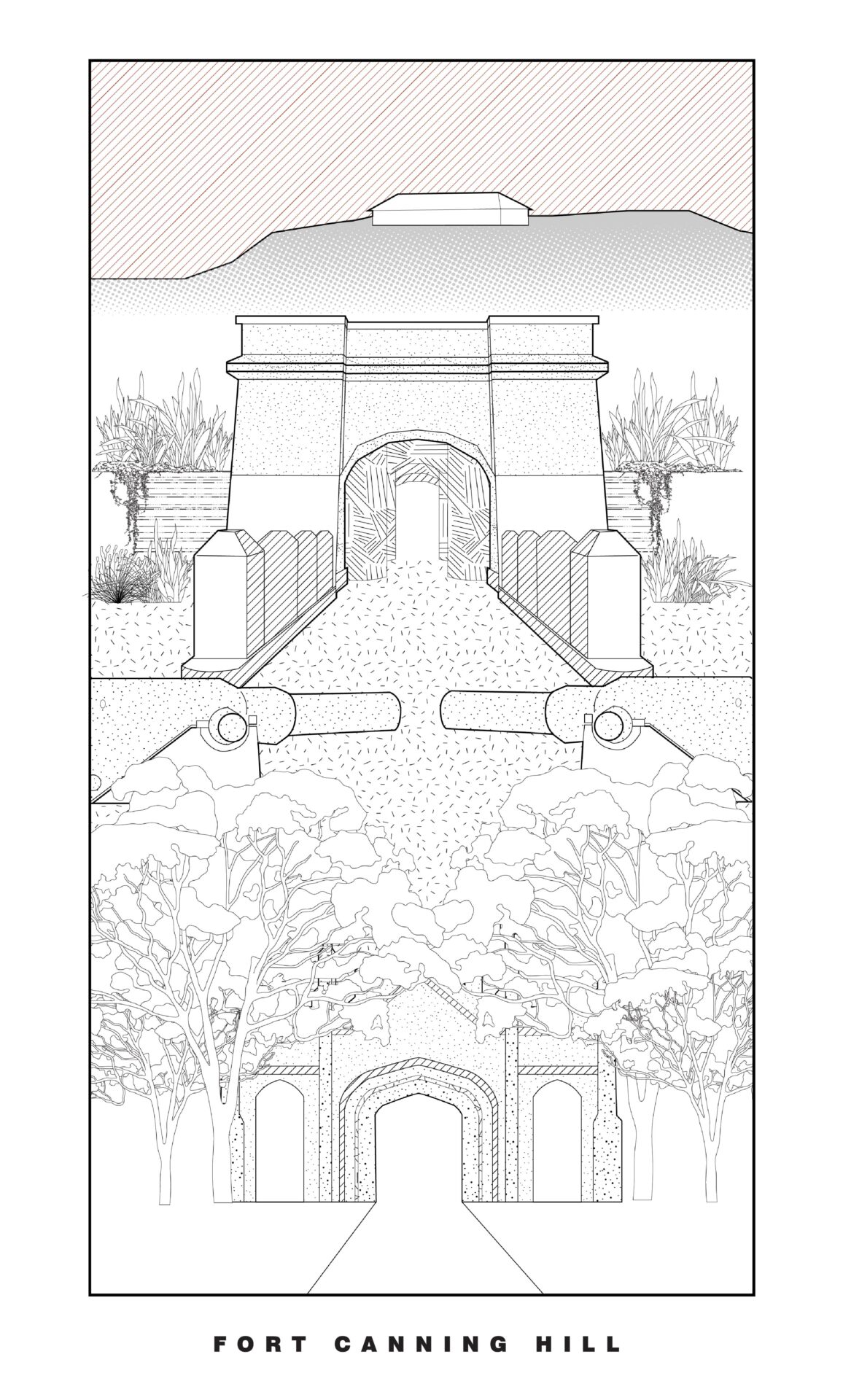
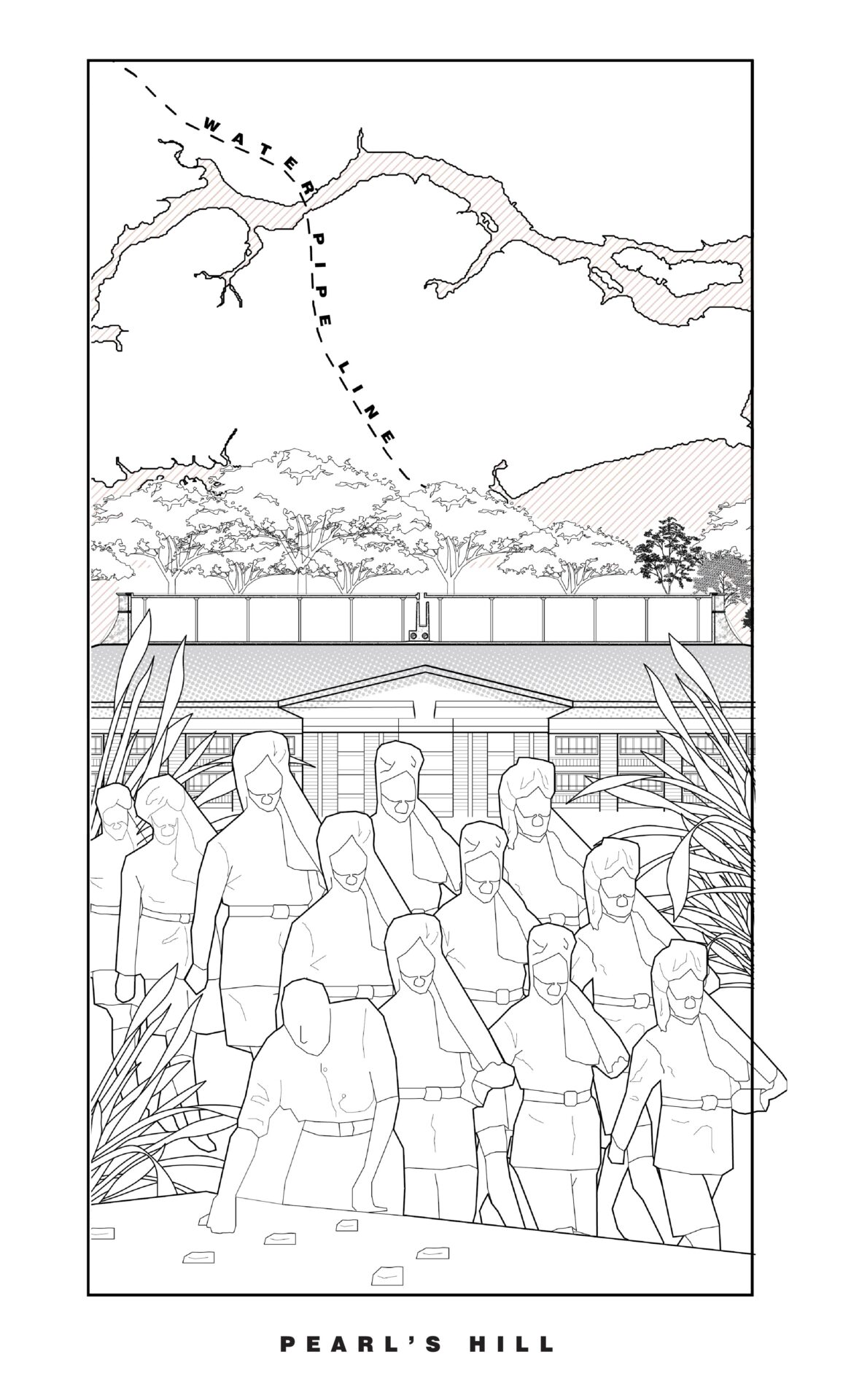
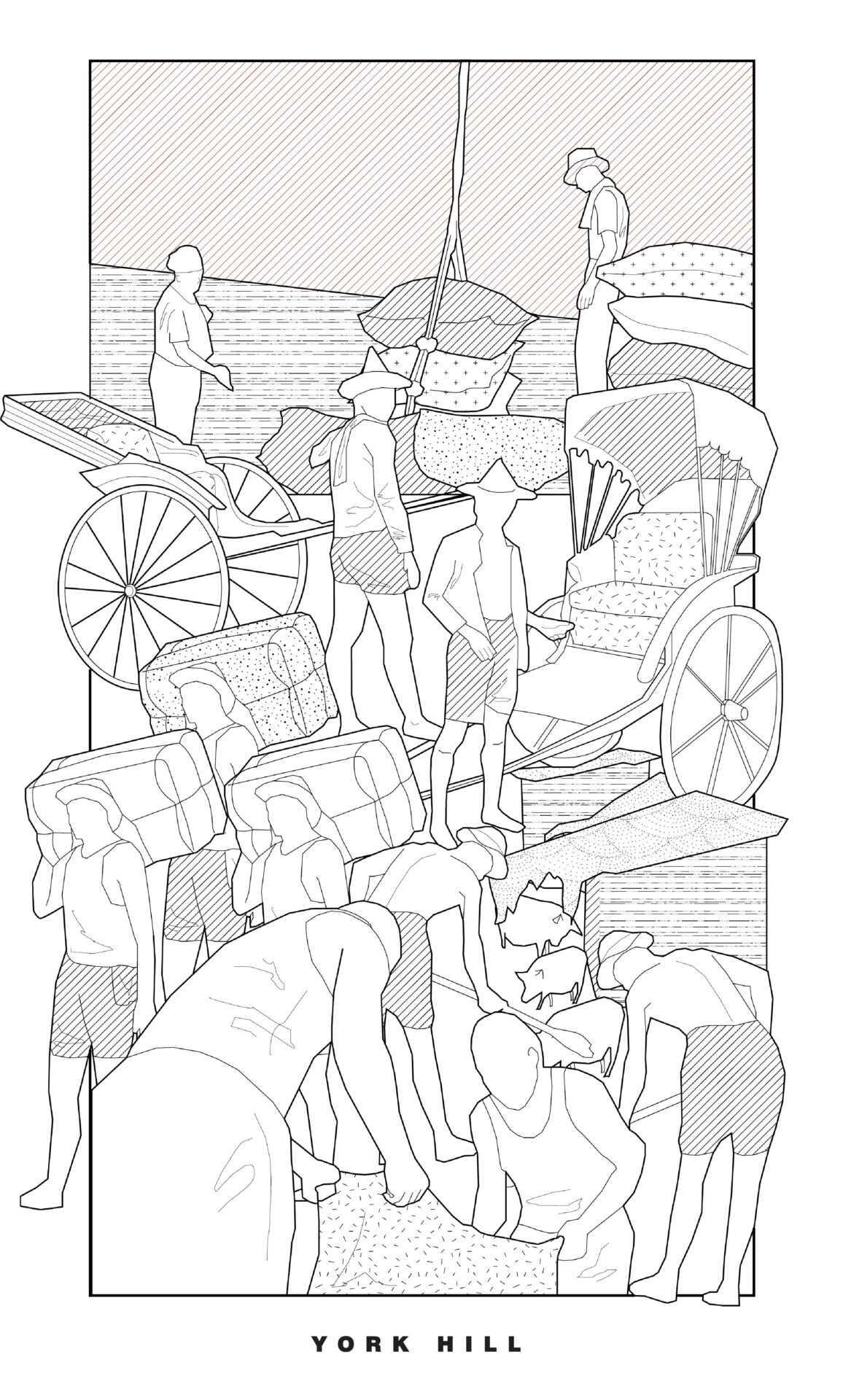

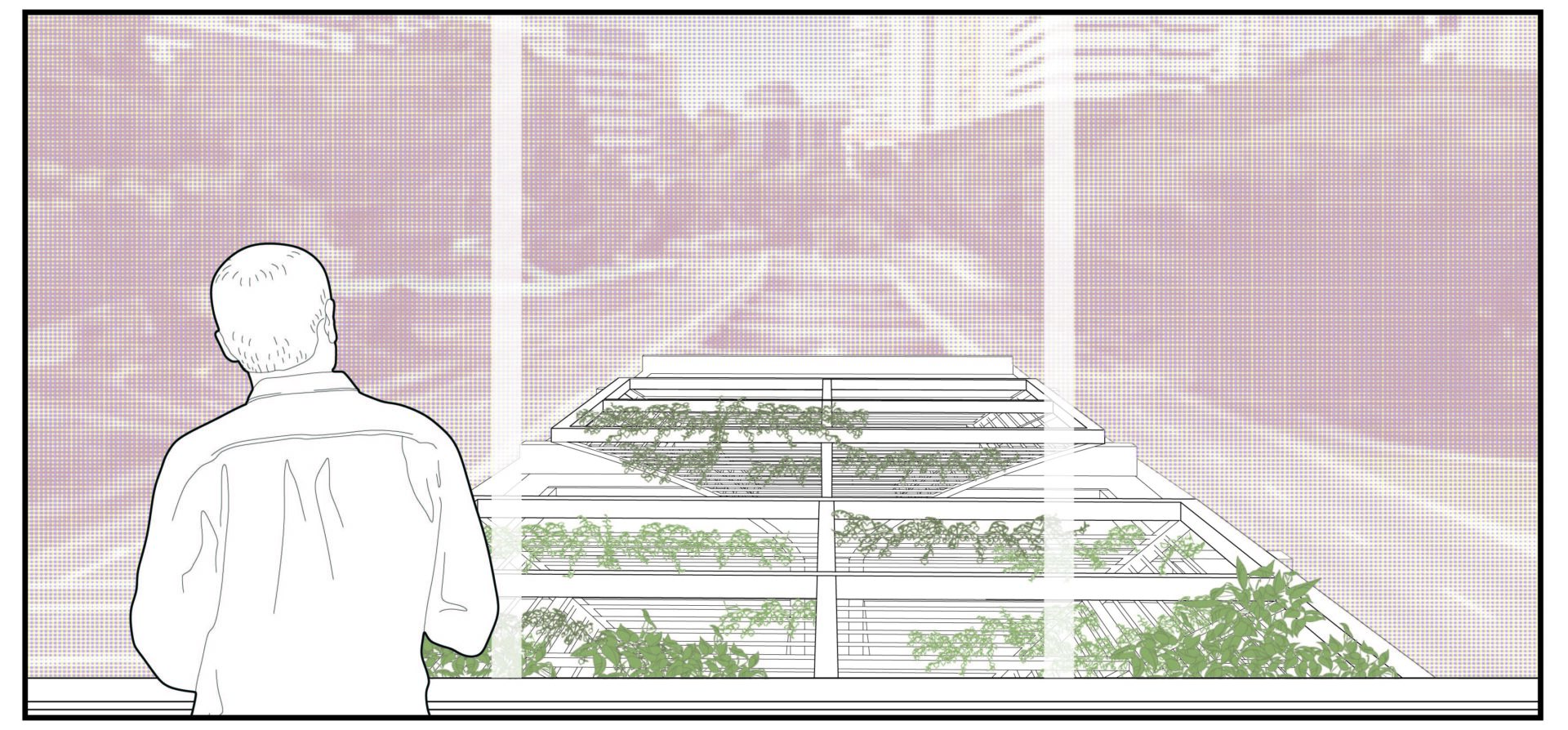
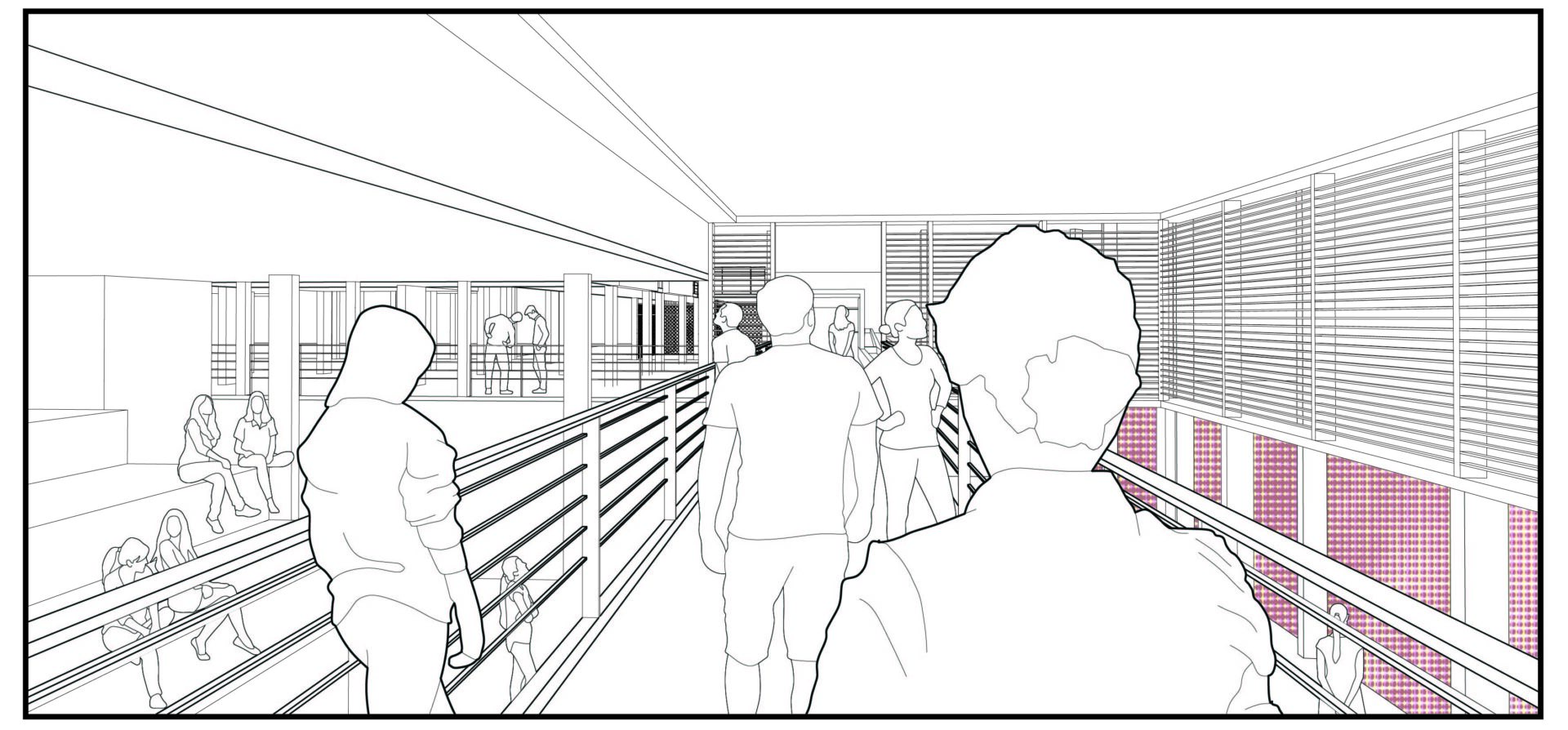
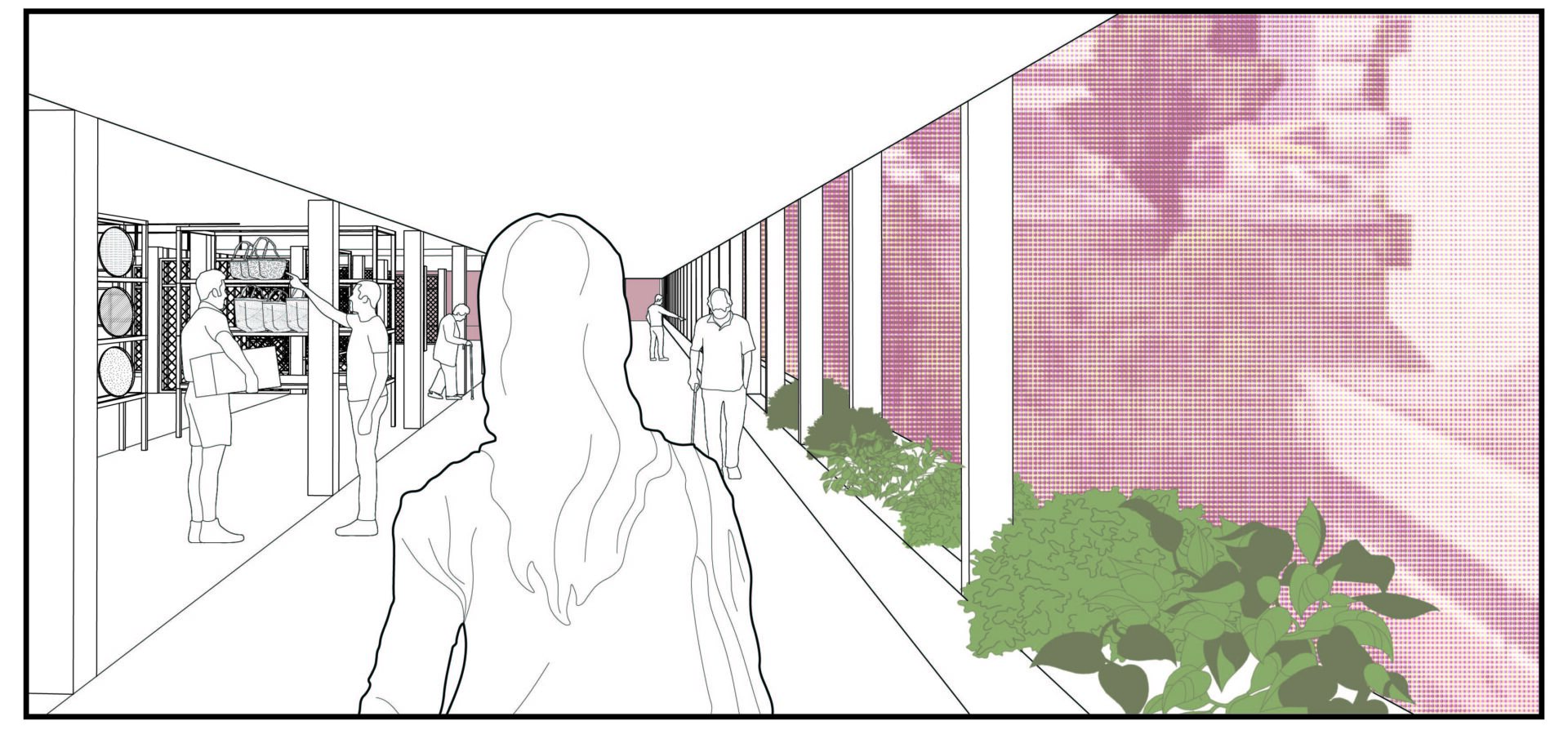
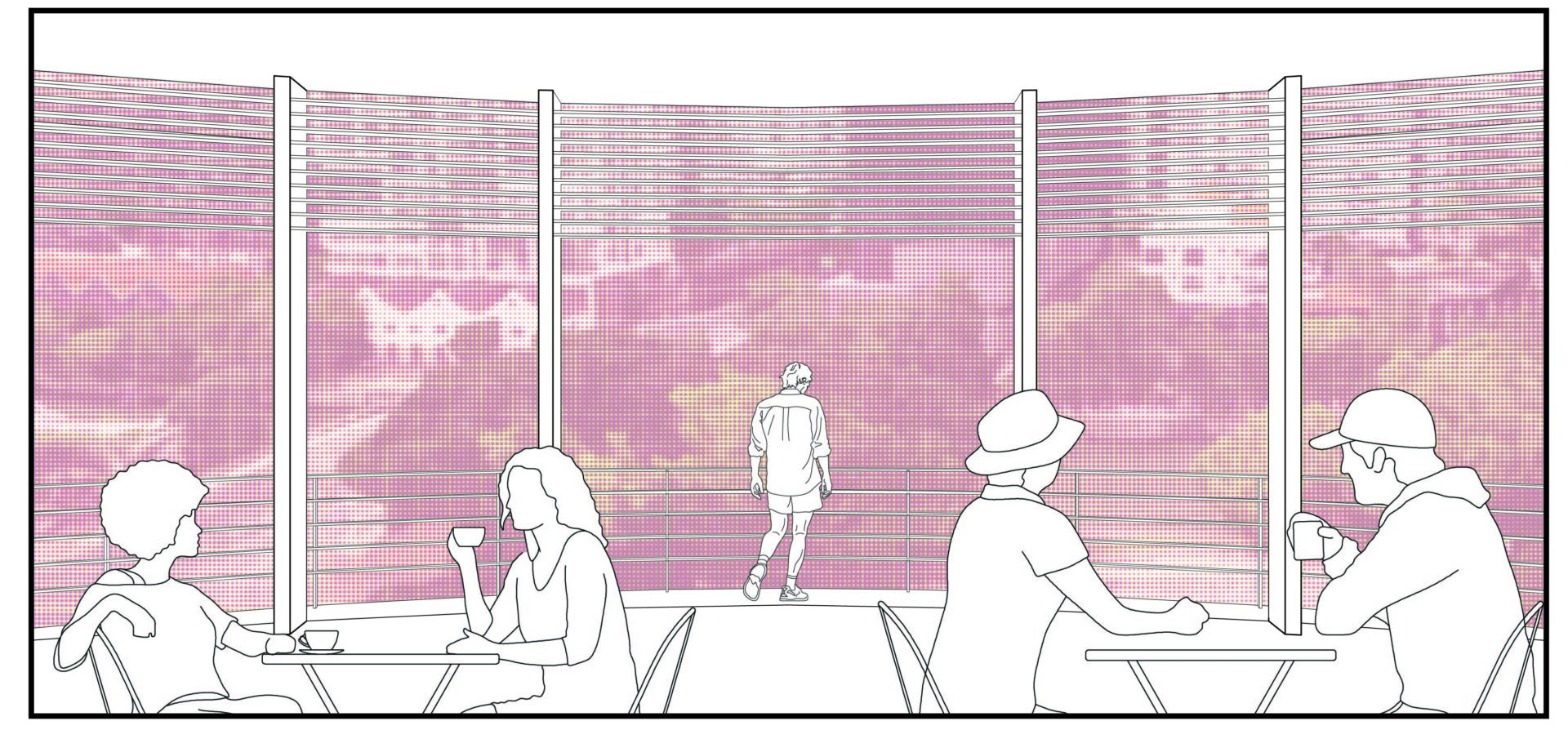
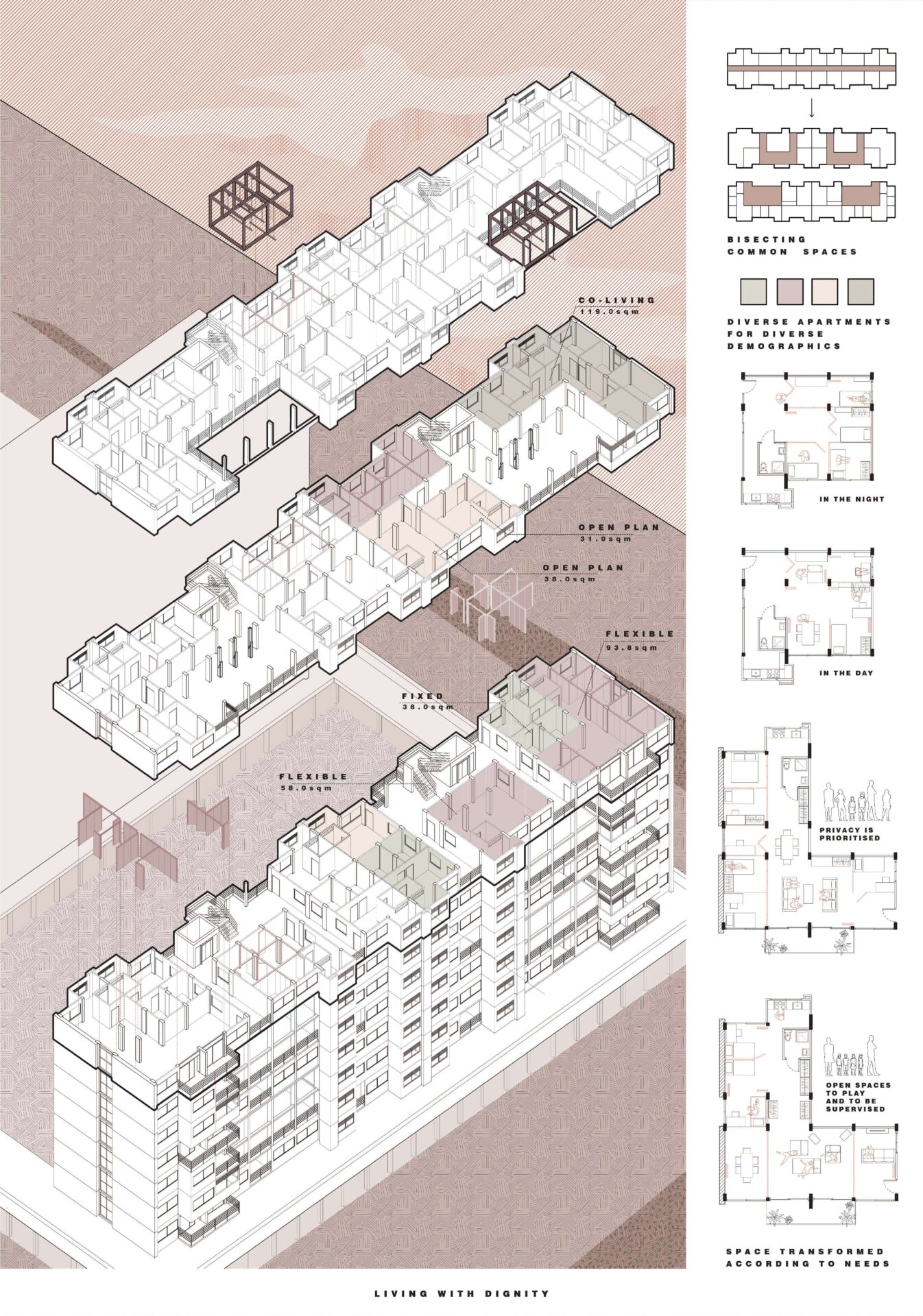

Supervisor's comments:
Examination of the urban landscape and settlement pattern of early Singapore, a hillock between Pearl Hill, Chinatown, Singapore River and Fort Canning, York Hill, seems to be conspicuously missing in our national narrative. Kampungs housing workers working in the godowns along the river for many decades were cleared in 1970s for rental housing. This project looks at this forgotten and marginalized ‘underbelly’ of Singapore and intends to foreground the contribution of the site to nation building. It also aims to return dignity and offer opportunities to residents of the rental housing. Urban strategy to link Pearl Hill and Singapore River through the site and connected with the wider heritage circle in urban Singapore is very successful. The retention, conservation and re-purposing of the three York Hill blocks have been delicately executed with a new typology of part-curated-part-incidental spaces proposed.
- Prof. Ho Puay Peng (Dr.)